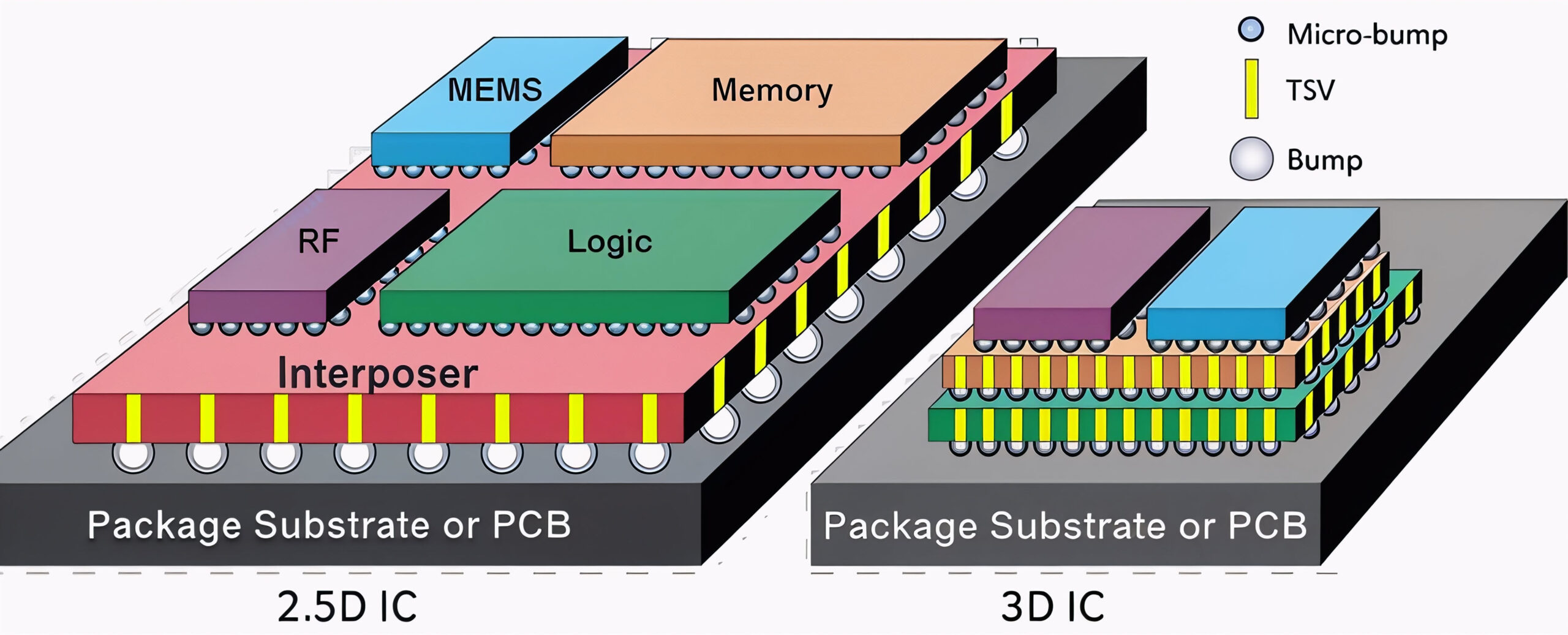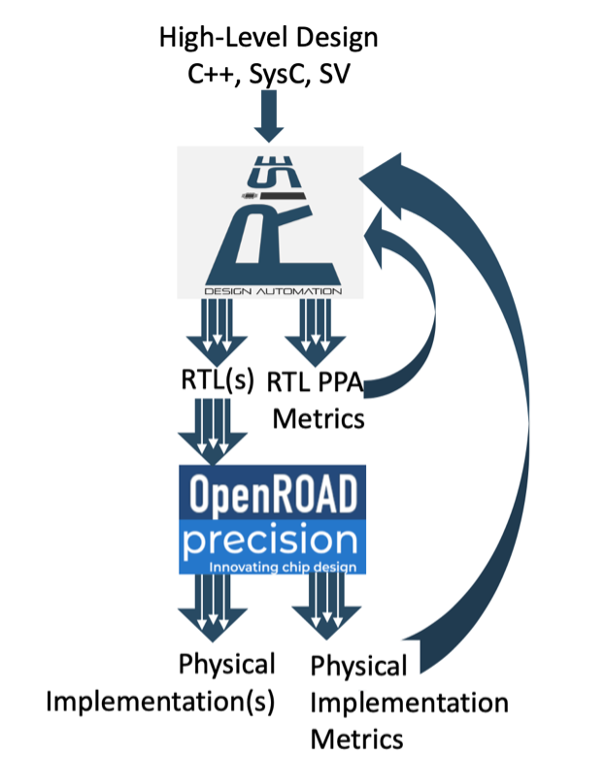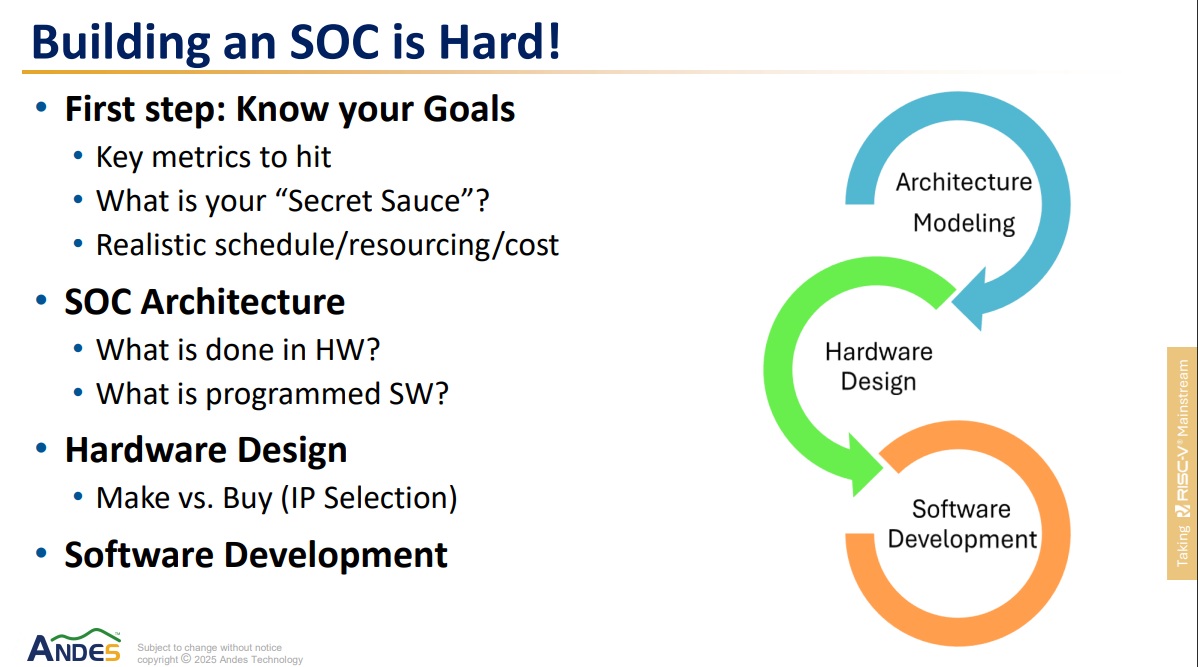Shipments of semiconductor wafer fab equipment are expected to grow 2.5% in 2016 after 0.5% growth in 2015 according to the December forecast from Semiconductor Equipment and Materials International (SEMI). Gartner is more pessimistic, with its October forecast calling for fab equipment to decline 0.5% in 2015 and drop 2.5%… Read More
 3D ESD verification: Tackling new challenges in advanced IC designBy Dina Medhat Three key takeaways 3D ICs…Read More
3D ESD verification: Tackling new challenges in advanced IC designBy Dina Medhat Three key takeaways 3D ICs…Read More Reimagining Architectural Exploration in the Age of AIThis is not about architecting a full SoC…Read More
Reimagining Architectural Exploration in the Age of AIThis is not about architecting a full SoC…Read More S2C, MachineWare, and Andes Introduce RISC-V Co-Emulation Solution to Accelerate Chip DevelopmentMachineWare, and Andes Technology today announced a collaborative…Read More
S2C, MachineWare, and Andes Introduce RISC-V Co-Emulation Solution to Accelerate Chip DevelopmentMachineWare, and Andes Technology today announced a collaborative…Read More A Webinar About Electrical Verification – The Invisible Bottleneck in IC DesignElectrical rule checking (ERC) is a standard part…Read More
A Webinar About Electrical Verification – The Invisible Bottleneck in IC DesignElectrical rule checking (ERC) is a standard part…Read MoreLatest Crop of Energy Harvesting Chips Powers IoT Sensor Nodes
Like death and taxes, changing batteries in remote sensor nodes and wireless IoT devices is often inevitable. Huge effort has been expended on reducing power consumption for battery operated devices, but the day always comes when the battery goes dead. Taking care of this can be as simple as popping open a battery cover and swapping… Read More
Is That My Car on Fire?
I was kind of shocked when the service manager at our local VW dealership told me that one of the wires in the ignition system of my wife’s New Beetle had started to overheat, melting the insulation and becoming a safety hazard. Why didn’t a fuze just blow, protecting the wiring from overheating? We decided to quickly … Read More
GSA Awards Dinner: Be Mindful!
The GSA Awards Dinner is the semiconductor version of the Oscars. Lights, cameras, and there is certainly plenty of action. This year there were close to 1,500 people to celebrate the semiconductor industry and all of our accomplishments so it is a networker’s paradise. Quite a few people mentioned purchasing our new book and photos… Read More
Palladium Moves Power (and Temperature) Modeling to the System Level
I had a debate with Steve Carlson of Cadence earlier in the year at the EDPS conference on whether there were really any truly effective solutions for doing power estimation in emulation. I thought there weren’t and he said I was wrong. After attending the Cadence front-end summit last week, I have to admit he has a point.
First, who… Read More
My Life at Fairchild – 1979 Part 2
To pick up on my last post, I wanted to expand a bit on my duties and experiences back in 1979 in the 3″ Diffusion area of fab.
I am a morning person so I was usually at work between 6am – 7am. I would immediately go into fab to check on my engineering hold table and speak with the production operators to get a sense of the problems… Read More
Low Power LTE for IoT: The Webinar from CEVA
Talking about “connected devices”, we specify any system from high-end smartphones to the simplest low-cost tag, as far as this system will be wirelessly connected. IoT are by definition connected systems, and represent a significant portion of connected devices. By 2020, ABI Research predicts that there will be more than 45… Read More
IoT Innovation Enters Public Infrastructure
I often hear about IoT being overhyped on what it needs and what it can actually provide. However, in my view, truly there seems to be a large potential in IoT enabled technologies and applications which we will see over upcoming years in the near future. It will gradually proliferate into various segments of our environment through… Read More
Powering the IoT – Wishful Thinking versus Reality
There’s a lot of discussion these days on IoT applications, architectures, communication, security and more, all very good stuff, but little debate on how these devices will be powered. If you can plug them in, this maybe isn’t an issue (though we may need to think about increased demand on our overstrained power generation infrastructure).… Read More
IEDM 2015 Blogs – Part 1 – Overview
The International Electron Devices Meeting (IEDM) is one of, if not the premier conference for semiconductor process technology. The 2015 meeting just finished up on Wednesday, December 9th.
This year’s meeting was held from Saturday, December 5[SUP]th[/SUP] through Wednesday, December 9[SUP]th[/SUP] in Washington DC.… Read More





Quantum Computing Technologies and Challenges